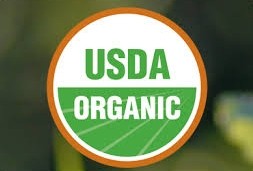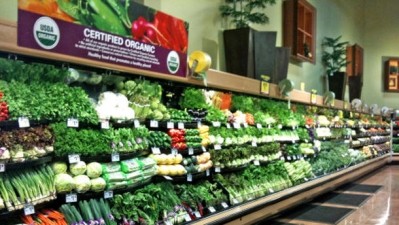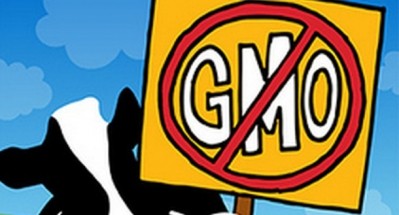Leading academic calls results “out of line and improbable”...
Updated: NY’s GMO labeling would raise the cost of food for a family of four by $800 per year, says economist

Earlier this month, a New York state assembly panel approved a genetically modified food labeling bill, A-3525, which was first introduced in January 2013. The bill now proceeds to the state assembly's committee on codes.
According to a new report by William Lesser, Susan E. Lynch Professor in Science and Business, and published on the Dyson School’s website (available HERE), the NY bill would apply to 40% of food and alcohol items, or 21,000 to 25,000 specific items. This is turn translates to about 50% of food items in the supermarket.
Dr Lesser then considered three approaches to compliance: 1. To label existing products; 2. Using non-GM ingredients; and 3. Using organic ingredients.
The first approach would lead to costs for a family of four of about $66, he wrote. Using non-GM ingredients, the second approach, would translate to increases ranging from $44 to $412, whereas using organic ingredients would increase costs in a range of $360 to $1,552.
The study was paid for by the Council for Biotechnology Information, an industry group.
Spreading the costs
“Calculating the annual midpoint family of four cost across the three labeling compliance options comes to $800, with a very large range, $48–1,556,” wrote Prof Lesser. “That high range implies that many New Yorkers will choose the organic option which, due to its high cost, seems unlikely.”
Adjusting the spread of product sales across the three possibilities (50% labeled, 40% non-GM ingredients, and 10% organic), lowered the annual midpoint to a more manageable $224, or $1.1 billion annually for all New Yorkers, he added.
Funding
Commenting independently, Professor Marion Nestle from the Department of Nutrition, Food Studies, and Public Health at New York University, called the results “so out of line and improbable”.
“Industry sponsorship of research has become a huge issue in food and nutrition,” she told FoodNavigator-USA. “The influence of funding on research results is so profound that I’m batting nearly 100 on conflict of interest checks, of which this is a particularly egregious example.”
‘Non-GMO labeling is the same as country of origin’
Responding to the new paper, GMO labelling proponent Steven Hoffman, managing director of Compass Natural LLC, which serves the natural, organic and sustainable products businesses, told FoodNavigator-USA that the new study was “impressive” from a highly respected academic institution. However, he challenged the conclusion that labeling would immediately make consumers switch to organic and thus incur massive cost increases.
“We’re not saying we should switch to non-GMO. We’re not saying ban it. We’re saying, ‘just label it’!” he said.
“We are not looking for a skull and crossbones on the products, we’re looking for a statement on the ingredients deck that specifies which ingredients have been produced from genetically engineered sources. Just let consumers know.
“It’s like country of origin labeling. It’s the same thing.”
Changes to the food system
Prof Lesser acknowledged in his report that the actual costs incurred by consumer will depend on how they respond to the labels, with various surveys and studies suggesting that labeled products will see a decline or prices may have to be lowered. Distributors and supermarket managers may also decide to discontinue some products, which would also affect purchasing habits, he noted.
“The labeling change if evoked will be so large as to cause food system changes which cannot be fully predicted at this time but surveys and experiences from Europe suggest that labeled GM products are more likely to disappear over time,” said Prof Lesser.
‘The only group likely to benefit is the organic food industry’
The pro-GM American Council on Science and Health (ACSH) heralded Prof Lesser’s report, with ACSH’s Dr Ruth Kava’s stating: “These GMO-labeling laws are examples of regulation gone amok. There is no benefit to be obtained in terms of human health or environmental preservation. Mandating such labels is cynical kowtowing to fear-mongering. The only group likely to benefit is the organic food industry.”
“The most anti-scientific part of the law is requiring the labeling of products that are made from GM crops, e.g., sugar from GM sugar beets,” added ACSH’s Dr Josh Bloom. “This reflects a fundamental ignorance of chemistry. Sugar, whether it is derived from GM beets, non-GM beets, sugar cane, or made synthetically is still sugar. It makes no difference where it comes from. So, putting the source of the sugar on the label is as useful as putting down the winning lottery numbers in Cleveland on the day the crop was picked.”










